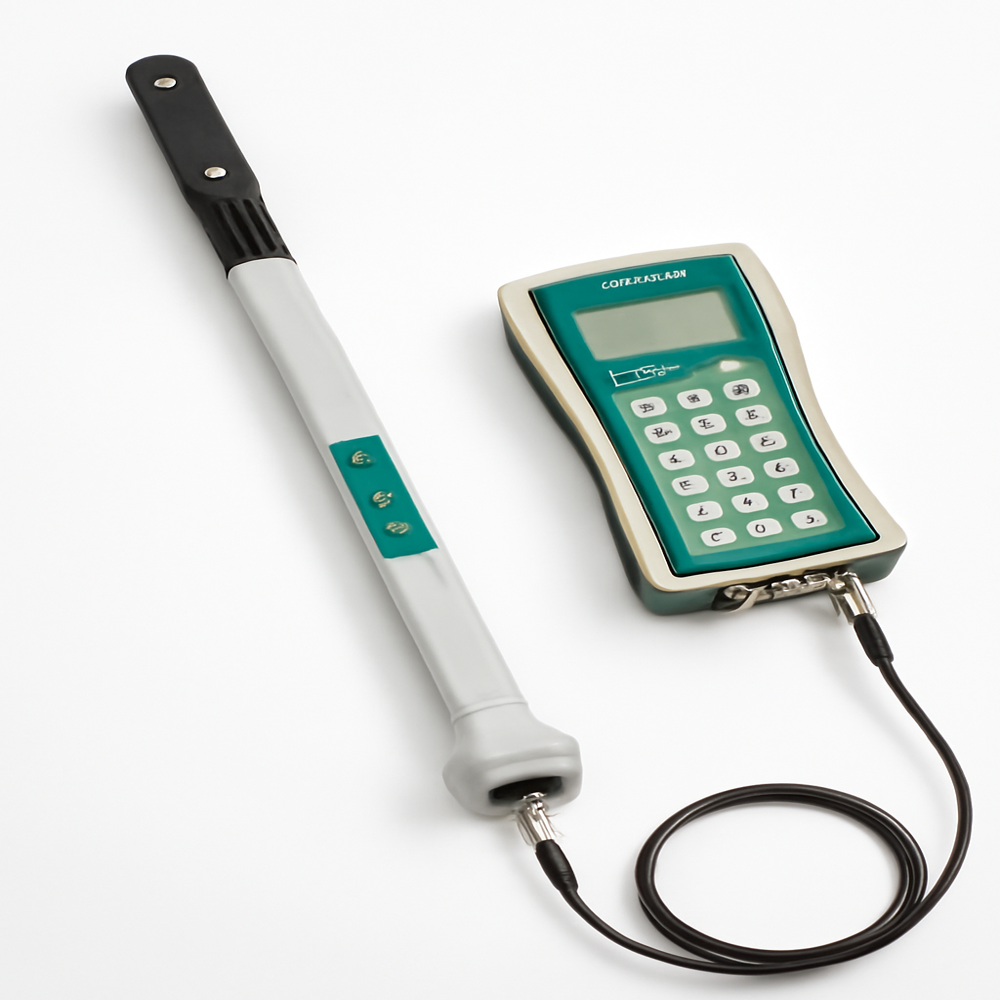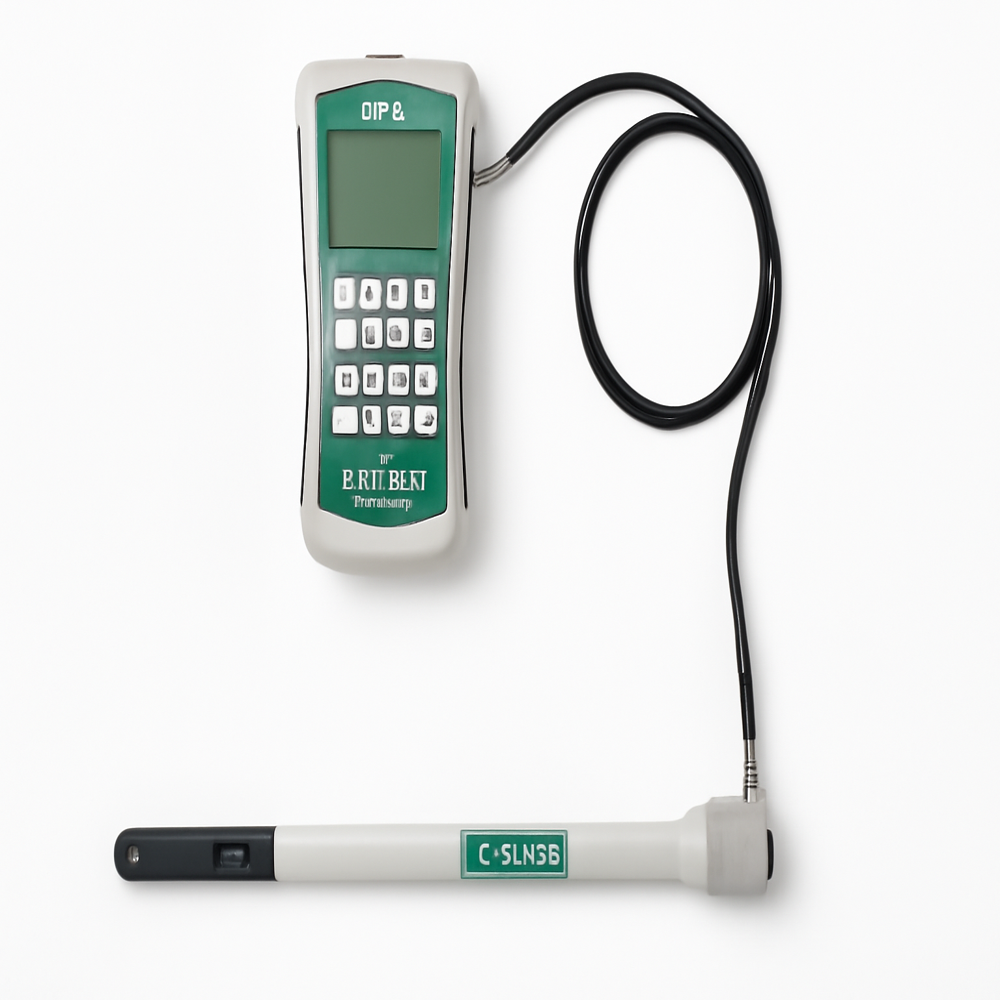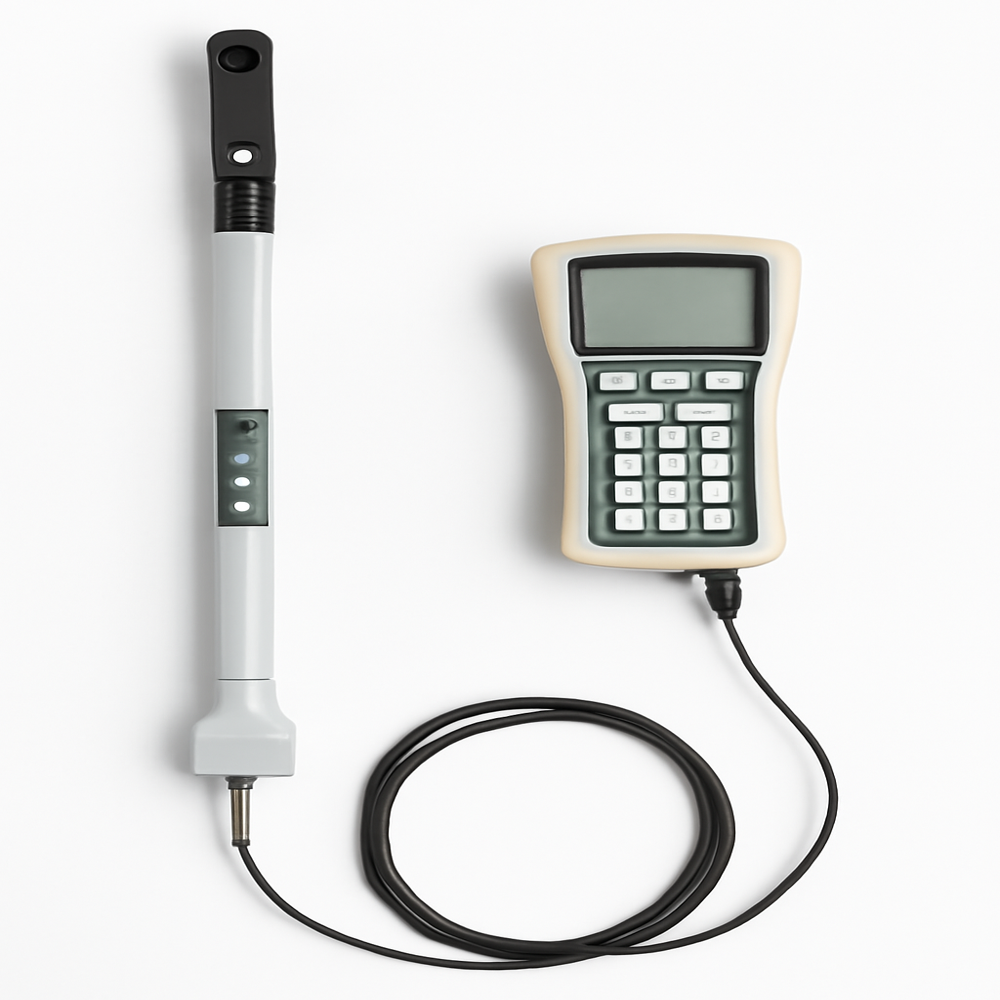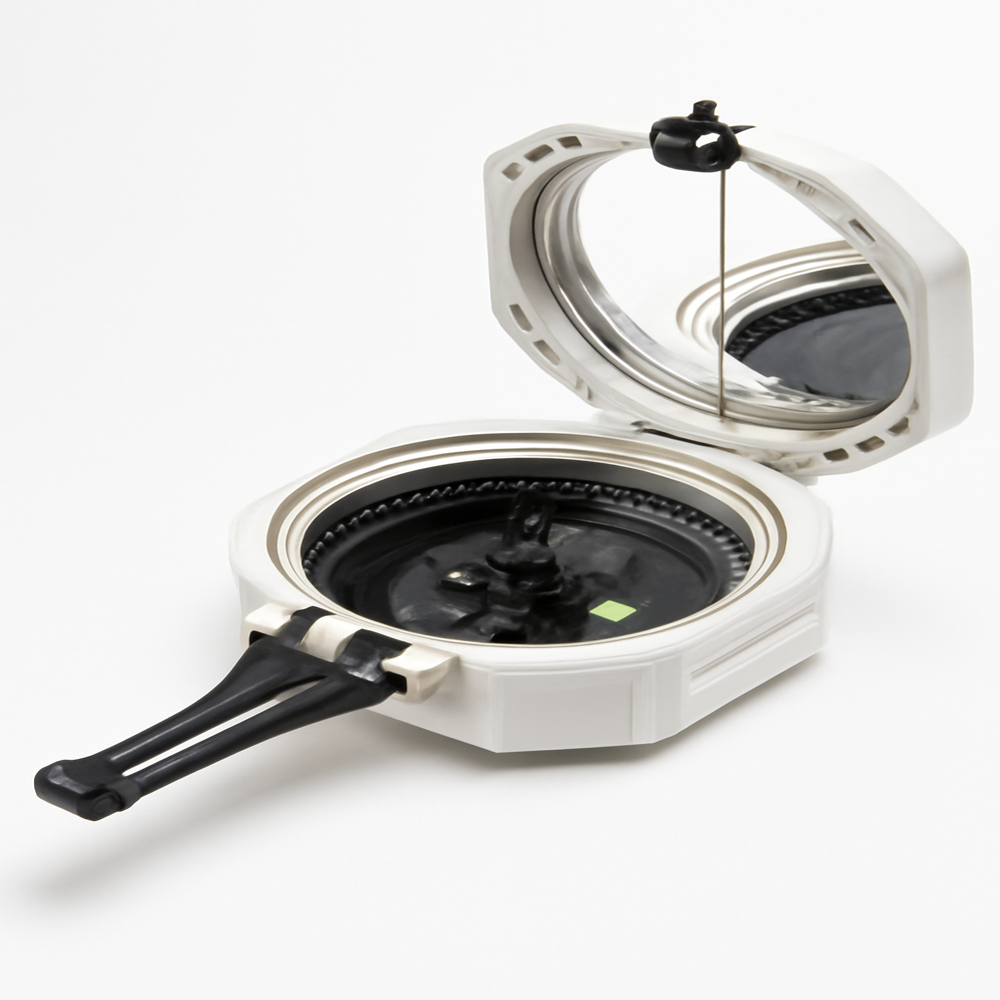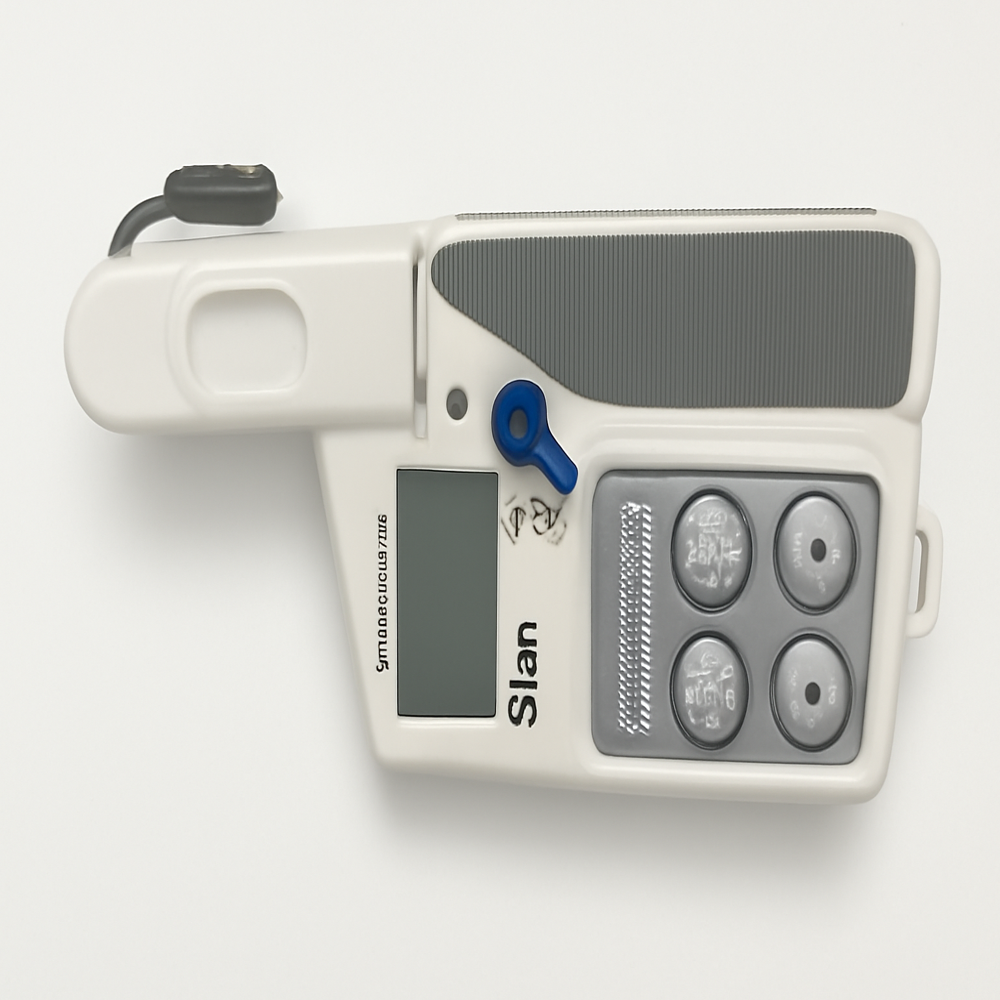Plant Canopy Analyzer
650420.0 INR/Piece
Product Details:
- Dimension (L*W*H) 8.2 x 3.9 x 1.4 Inch (in)
- Material ABS
- Voltage 220 Volt (v)
- Product Type Plant Canopy Analyzer
- Power 220 Volt (v)
- Power Supply Electric
- Weight 1 Kilograms (kg)
- Click to View more
X
Plant Canopy Analyzer Price And Quantity
- 650420.0 INR/Piece
- 1 Piece
Plant Canopy Analyzer Product Specifications
- Battery Operated
- -20 C to 50 C Celsius (oC)
- Standard
- (PAR) from 0 to 2700 mol/m /s Pcs/min
- LED
- 1 Kilograms (kg)
- 1 Minutes
- 640x480 pixels for the LMPCA-A103 to PAR sensor resolution
- Electric
- 220 Volt (v)
- Plant Canopy Analyzer
- 220 Volt (v)
- ABS
- 8.2 x 3.9 x 1.4 Inch (in)
- 20 Kilograms (kg)
- Yes
- relative errors of less than 5% compared %
- take radiation readings above and below the canopy at specific angles to measure gap fraction
- Plant canopy analyzers are used in agriculture, forestry, and research to measure canopy attributes like leaf area index (LAI), light interception, and vegetation health, which aids in irrigation scheduling, crop monitoring, yield prediction, and studying environmental factors such as carbon cycling and air pollution deposition
- Yes
- Data Recorder
- USB
- 2 Gigabyte (GB)
- White
- Industrial
- 2 GB to 32 GB
- Soil testing equipment
- Other
Plant Canopy Analyzer Trade Information
- ROORKEE
- Cash Advance (CA), Cash in Advance (CID)
- 150 Piece Per Year
- 1 Week
- Free samples available with shipping and taxes paid by the buyer
- CORRYGATED SHEET
- North America, South America, Eastern Europe, Asia, Australia, Central America, Western Europe, Middle East, Africa
- East India, Karnataka, Kerala, Gujarat, Lakshadweep, Manipur, Andhra Pradesh, Bihar, Chandigarh, Uttarakhand, All India, South India, Central India, West India, North India, Mizoram, Meghalaya, Daman and Diu, Goa, Jharkhand, Odisha, Punjab, Assam, Delhi, Dadra and Nagar Haveli, Andaman and Nicobar Islands, Arunachal Pradesh, Chhattisgarh, Haryana, Himachal Pradesh, Jammu and Kashmir, Madhya Pradesh, Maharashtra, Nagaland, Rajasthan, Sikkim, Tamil Nadu, Telangana, Tripura, Pondicherry, Uttar Pradesh, West Bengal
- NA
Product Description
Plant Canopy Analyzer
It can be widely used in agricultural production and agricultural research. For the investigation of canopy light energy resources, measuring the interception of light in plant canopies, and studying the relationship between crop growth and development, yield quality and light energy utilization. This instrument is used for 400nm- Photosynthetically active radiation (PAR) in the 700 nm band is measured and recorded in units of micromoles (molsm2/sec) in square meters per second.
Feature:
- The plant canopy measuring instrument is an integrated design, including liquid crystal display, operating buttons, storage SD card and measuring probe.
- The instrument menu is simple in operation, small in size and convenient to carry.
- The storage medium is a general-purpose SD card on the market, with large storage capacity and convenient data management!
- There is a reasonable power management scheme in power consumption. During the test, the instrument automatically enters the standby state according to the actual situation. When necessary, press the wake-up button to wake up the screen and observe the actual data.
- Measurement methods are divided into automatic and manual.
- The automatic measurement interval is 1 minute minimum, and the automatic measurement times are up to 99 times. Manual measurement can be manually collected according to actual needs
Technical parameter:
- Measuring range: 0-2700mol m2/sec
- Resolution: 1mol m2/sec
- Response time: 10s
- Automatic acquisition interval: 1-99 minutes
- Automatic acquisition times: 1-99 times
- Data storage capacity: 2GB (standard SD card)
- Total instrument length: 75 cm
- Probe length: 50 cm
- Number of sensors: 25 (standard)
- Power: 2 5th battery
- Working environment: 0C-60C; 100% relative humidity
Comprehensive Canopy Data
The LMPCA-A103 Plant Canopy Analyzer excels at capturing key attributes such as leaf area index, light interception, and overall vegetation health. Its 640x480 sensor resolution and high accuracy (less than 5% relative error) ensure reliable data collection for research, irrigation scheduling, and crop yield prediction. This data informs better understanding of environmental factors like carbon cycling and air pollution deposition.
User-Friendly Operation
Designed for ease of use, the analyzer enables quick readings above and below the canopy using simple radiative measurement methods at specific angles. Its LED display and direct interface allow users to operate and record data efficiently, while alerts and alarms help maintain measurement integrity. The lightweight, battery-powered device is ideal for on-site and remote locations.
Robust Industrial Design
Engineered from ABS material and rated for operating temperatures from -20C to 50C, the analyzer remains reliable in various field or lab conditions. With USB connectivity, built-in GPS, and a standard dimension, users benefit from portable, high-capacity memory and versatile application across agriculture, forestry, and research settings.
FAQs of Plant Canopy Analyzer:
Q: How does the Plant Canopy Analyzer LMPCA-A103 measure leaf area index (LAI)?
A: The analyzer measures LAI by taking radiation readings above and below the plant canopy at set angles to determine the canopys gap fraction. This process quantifies the proportion of sunlight intercepted by leaves, allowing precise calculation of LAI for agricultural and research purposes.Q: What is the recommended application environment for this analyzer?
A: This device is best used in industrial, agricultural, and forestry settings where monitoring canopy attributes and light interception are essential for crop management, environmental studies, and research. Its sturdy design and temperature tolerance enhance reliability in the field.Q: When should I use the analyzer for optimal canopy assessment?
A: For most accurate results, use the analyzer during stable daylight hours to minimize variations in light. Taking readings periodically throughout the growth season provides valuable insights into changing canopy structures and vegetation health.Q: Where is the data from the analyzer stored, and how much data can it hold?
A: Data is stored directly on the device, with capacity ranging from 2 GB up to 32 GB, allowing for extensive field measurement storage before uploading to external systems via USB connection.Q: What is the measurement process for the plant canopy analyzer?
A: The process involves positioning the sensor above and below the plant canopy and collecting radiation data at multiple angles. The built-in software calculates parameters such as gap fraction and photosynthetically active radiation (PAR), providing accurate insights into canopy condition.Q: How does using this analyzer benefit agricultural operations?
A: By delivering detailed canopy metrics like LAI, light interception, and vegetation health, the analyzer aids in irrigation planning, crop monitoring, and yield prediction. This supports improved resource management and better environmental assessments.Q: What makes the LMPCA-A103 suitable for fieldwork?
A: Its lightweight design (1 kg net, 20 kg shipping), battery operation, integrated GPS, and sturdy ABS enclosure make it highly portable and suitable for on-site measurements in diverse field conditions, ensuring reliable data collection with minimal setup.Tell us about your requirement

Price:
Quantity
Select Unit
- 50
- 100
- 200
- 250
- 500
- 1000+
Additional detail
Mobile number
Email
Other Products in 'Geological Instrument' category
 |
LAKSHMI ENGINEERING WORKS
All Rights Reserved.(Terms of Use) Developed and Managed by Infocom Network Private Limited. |

